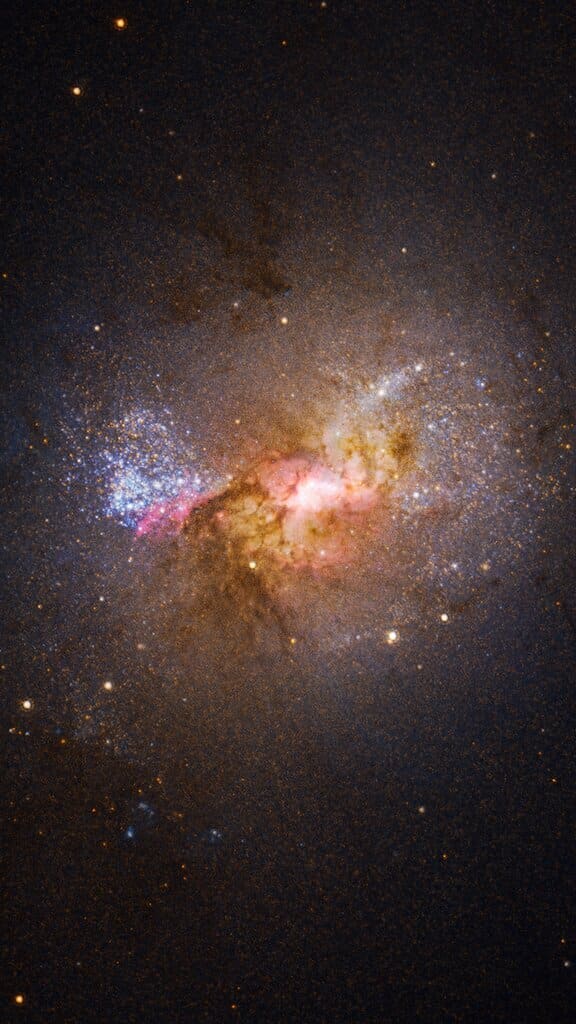
Dec 27, 2024, 07:32 PM IST
10 stunning cosmology images by NASA Hubble Space Telescope
The Hubble Space Telescope captured GAL-CLUS-022058s, a massive Einstein ring in the Fornax constellation, nicknamed the "Molten Ring" for its striking appearance.
GAL-CLUS-022058s
The Hubble eXtreme Deep Field (XDF) is the deepest image of the Universe, combining over two million seconds of exposure from Hubble's observations.
Fornax Cluster
This image from the NASA/ESA Hubble Space Telescope reveals the environment surrounding the powerful gamma-ray burst GRB 190114C.
GRB 190114C
This NASA/ESA Hubble Space Telescope image of the galaxy cluster Abell 2744, or Pandora's Cluster, shows starlight artificially coloured blue.
Abell 2744
This Hubble Space Telescope image shows the vibrant supernova remnant DEM L 190, or LMC N49, in the Large Magellanic Cloud.
DEM L 190
This stunning image shows the cosmic haze of MACS J0416.1-2403, where two galaxy clusters are colliding to form a single object.
MACS J0416.1-2403
This Hubble image shows a young star surrounded by gas and dust in the constellation Taurus, 9,000 light-years away. Known as IRAS 05506+2414, it may be an example of an explosive event from a massive young star system, the second of its kind known.
IRAS 05506+2414
This Hubble image shows the Sunburst Arc, formed by gravitational lensing, with light from the galaxy creating multiple copies of the image in four arcs.
PSZ1 G311.65-18.48
The Hubble Legacy Field is a mosaic of 16 years of Hubble observations, featuring 200,000 galaxies and spanning 13.3 billion years, reaching back to 500 million years after the Big Bang.